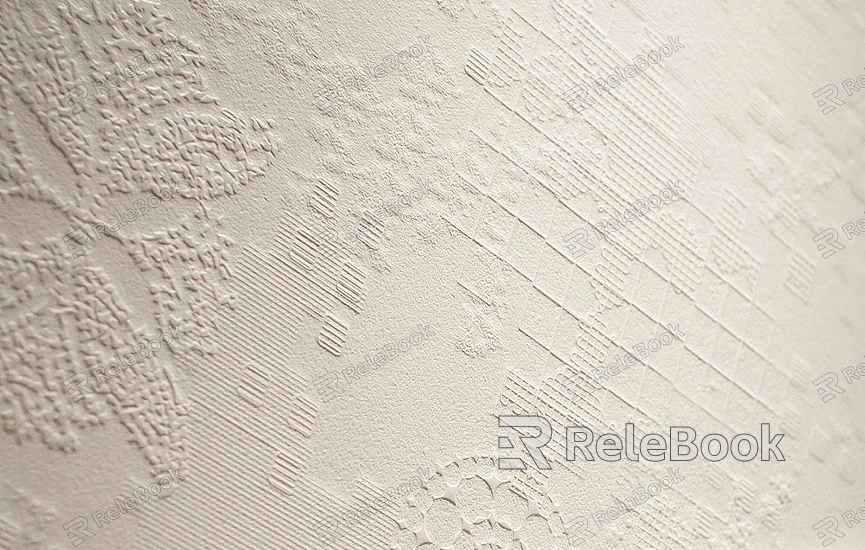How to Texture a 3D Environment with 2D Images in Cinema 4D
3D textures are widely used in Cinema 4D to enhance the visual quality of models by simulating surface details of various materials, which adds realism to objects. Additionally, Cinema 4D allows you to use 2D images to create rich textures for 3D environments. This guide explores how to use 2D images for texturing 3D environments in Cinema 4D, along with some tips to help improve your workflow and final output quality.

Prepare the 2D Image
Choose the Right Image: Select a high-quality 2D image that matches the theme and style of your 3D scene. The image should have sufficient resolution to avoid quality loss.
Adjust Image Size and Format: Use image editing software like Photoshop to resize and format the 2D image appropriately. Common formats are PNG or JPEG. Ensure the image size is optimal to prevent performance issues during rendering.
Create a Texture Material
Create a New Material in Cinema 4D: Open Cinema 4D, create a new material, and name it according to the 2D image you’re using. This will help you manage materials more effectively in complex projects.
Import the 2D Image as a Texture: In the Material Editor, navigate to the "Color" channel and click the image loading button to import your prepared 2D image. Preview the image in the Material Editor and make any necessary adjustments.
Apply the Material to 3D Objects
Select the 3D Object to Texture: Choose the 3D object or part of the scene you want to texture. Understanding the object’s shape and UV mapping will help you control how the texture is applied.
Apply the Material: Drag and drop the material onto the 3D object. The 2D image texture will automatically be applied to the surface. You can view the texture in real-time and make adjustments as needed.
Adjust Texture Mapping
Use UV Mapping Tools: UV mapping is crucial for controlling how the texture appears on the 3D object’s surface. Use the UV Mapping Editor in Cinema 4D to adjust the texture’s tiling, position, and scale to ensure accurate coverage.
Refine Texture Alignment: Utilize Cinema 4D’s alignment tools to fine-tune the texture’s alignment and angle, ensuring that the image matches the geometric shape of the object.

Enhance Texture Effects with Alpha Channels
Create an Alpha Channel: If you need part of the 2D image to appear transparent on the 3D object, create an Alpha channel in your image editing software. The Alpha channel controls the image's transparency, which is useful for composite effects.
Load Alpha Channel in Cinema 4D: In the Material Editor, locate the "Alpha" channel and load the 2D image with the Alpha channel. This will make the specified parts of the 3D object appear transparent, adding depth and layers to the scene.
Optimize Complex Surface Texturing with Projection Modes
Apply Projection Textures: For complex or curved 3D objects, use projection modes to optimize the texture application. Projection modes allow 2D images to map onto complex surfaces more naturally, reducing distortion and stretching.
Adjust Projection Direction: Use Cinema 4D’s projection tools to adjust the direction and angle of the image projection, ensuring the texture fits well with curved and irregular shapes. This is especially useful for intricate 3D scenes.
Preview and Final Render
Real-Time Preview: After applying and adjusting textures, use Cinema 4D’s real-time preview feature to check how the texture performs under different lighting conditions. This helps identify and fix any issues before the final render.
Final Render and Detail Check: Perform a high-quality render to verify that the texture details are accurately represented in the final output. Ensure there are no missing elements or errors.
By following these steps, you can effectively use 2D images to texture a 3D environment in Cinema 4D. These techniques will enhance the realism and detail of your work, making it easier to handle complex 3D scenes. For additional high-quality 2D images, Cinema 4D models, or other 3D resources, Relebook offers a wide range of options to help achieve outstanding visual results in your projects.

